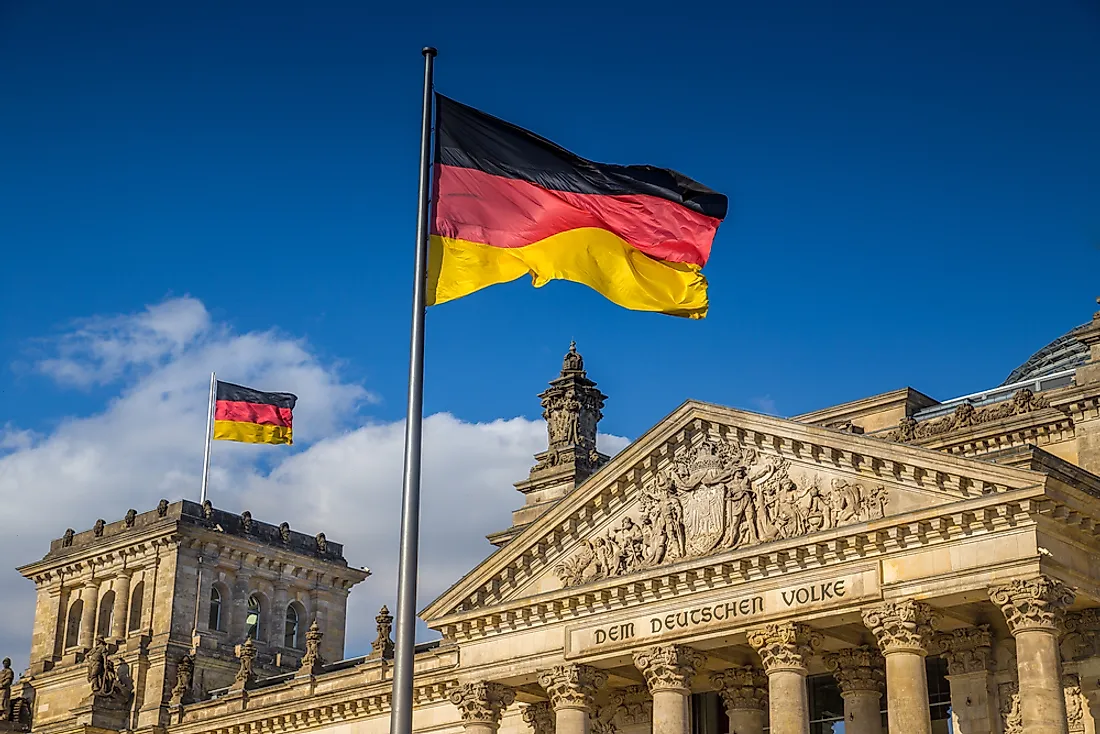10 Interesting Facts About Germany

10. It is the most populous member state of the EU.
Germany has a population of 82 million people. This makes it the European Member state with the highest number of inhabitants, representing 15% of the entire EU population. The annual population growth rate of the country is estimated at 430,074 on average, which is about 0.5%. Germany is followed by France with a population of 67 million people and the United Kingdom follows in closely with a population of 65 million people.
9. It is the second most popular immigrant destination in the world.
After the United States of America, which has an immigrant population of 44 million people, Germany comes in second with 12 million of its population having been born in foreign countries. The figure represents 4.9% of the global immigrant population. The majority of the immigrants come from Europe, and the country that has the highest representation is Turkey with 13% of its nationals residing in Germany. Reasons for migration to Germany include job prospects and investment opportunities.
8. It has one of the largest economies in the world - fourth-largest, in fact.
Germany's GDP is valued at $3.4 trillion and it is ranked the fourth biggest in the world. It accounts for 4.5% of the world’s economy. The country is the most industries state in Europe and is ranked second globally in terms of exports. It is a rich nation and controls the strength of the Euro. Germany’s emphasis on self reliance as opposed to borrowing is one of the reasons behind its success. It also has very good labour laws hence its job market is stable with a strong workforce.
7. The Nobel Prize has been awarded to 106 German laureates.
Germany ranks third in the world in terms of Nobel laureates, taking the credit for 106 awards. 24 of these awards have been in the fields of Physics and Chemistry. The famous German scientist Albert Einstein won the Nobel Prize in 1921 due to his landmark discovery of photoelectric effect laws.
The first laureate to receive the award for his service in physics was Germany’s Wilhelm Rontgen in 1901, for discovering the X-Ray in 1895. Germany’s Emil Von Behring, who discovered the diphtheria serum, also received the first medicine award in the same year.
6. German restaurants have the second highest awardance of Michelin stars, after France.
Michelin stars are awarded to restaurants for exemplary culinary skills and fine dining. In Europe, France has the highest number of Michelin star rated restaurants followed by Germany with a total of 290 restaurants awarded the Michelin stars.
241 German restaurants have one Michelin star rating, 39 restaurants have been awarded 2 stars while 10 of its restaurants have the ultimate 3 star rating for their exquisite dining experience. The city with the most Michelin star awards in Germany is Berlin, with a total of 26 stars for 19 restaurants.
5. German beer purity regulations date back to the 15th century.
Germany is country that takes its beer seriously. The world famous Pilsner brand is a product of the country, originating from Bavaria. In brewing, Germany follows a beer purity law that was officially accented in 1516 though it has been preceded by other regulations. The law states that beer should only be made from water, barley and hops. Yeast was added to the list later after its importance in brewing was discovered. The law was initially meant to govern brewing in Bavaria but other German states adopted it and in 1906 it was officially made a national law.
4. Its largest and most visited city is Berlin.
Berlin is the capital and biggest city in Germany, covering 891.68 km squared. Its population of more than 3.6 million inhabitants is the highest for any city in the country and the figure is also the highest for any city within the European Union countries. The city also takes in more visitors than any other city in the country, with more than 135 million visitors per day. In the year 2012 alone, the city hosted more than 24 million overnight guests in its hotels. The City is also home to the leading tourism trade fair in the world, ITB Berlin.
3. The world's first magazine was published in Germany in 1663.
The earliest magazine to be published in the world was called "Erbauliche Monaths Unterredungen" which when translated to English means "Edifying Monthly Editions". It was first published in 1663 by a poet and theologian from Hamburg known as Johann Rist. The magazine discussed topics revolving around literature and philosophy. It was published until 1668 and it set the pace for publication of other journals in the same decade and over the years. Today, there are thousands of different types of periodicals to be found all over the world thanks to Rist.
2. Germany is home to over 6,000 museums.
Germany has a wide variety of museums, ranging from art museums, ethnological museums, historical museums, musical oriented museums amongst other. In total, the country has about 6000 museums and the number grows every year. The New National Gallery in Berlin is described by many people as the most beautiful museum in the world, being widely referred to as Temple of Glass. One of the most visited museums in the country is the haunting Jewish Museum in Berlin.
1. The popular tradition of having a Christmas tree comes from Germany.
Germany takes the credit for the origin of the Christmas tree tradition, which started in the 16th century. It began with the country’s devout Christians who took brought trees into their households and decorated them each year. Some of them made wood pyramids and used evergreens and candles to decorate them when the trees were scarce. The Germans spread this culture to other parts of the world as well. For example, the first Christmas tree in America was seen in 1830s in the household of German Settlers.











